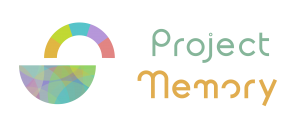In the framework of the MEMORY project we developed an e-learning course focusing on the issue of identification, valorization and promotion of collective memory in the local communities. The course is organised through an e-learning platform specially adapted for this purpose which contains also tools that allow the organisation of e-youth work for the specific case of young people with disabilities. More than 100 people from all over the world have completed successfully the course. During the course, 9 international webinars of 90 minutes were organized internationally.
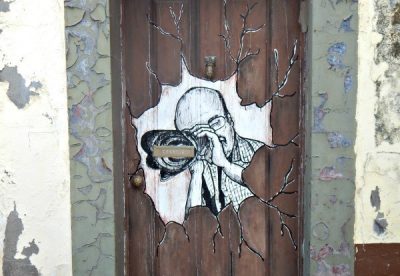
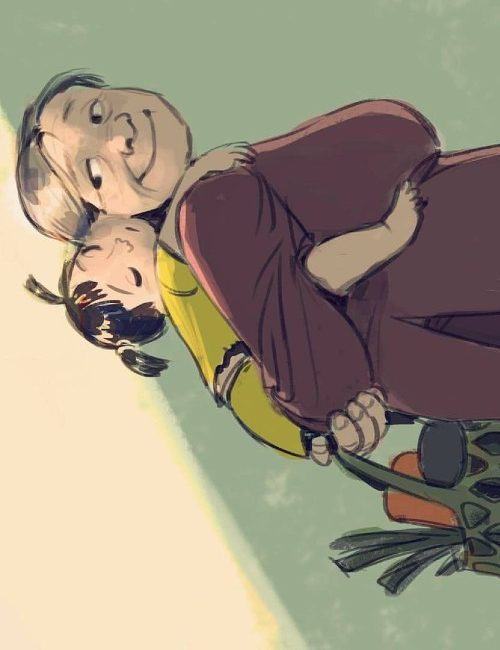
The structure of our course is the following:
Chapter 1: Introduction on Collective Memory
Chapter 2: Introduction to Collective Memory
– A brief Introduction on Collective Memory
– Personal vs Collective Memory
– Memory and Senses
– Webinar: Introduction to Collective Memory
Chapter 3: Collective Memory and the Community
– Learning Objectives
– To which Communities? (description of the different types of the community)
– Community Asset’ s Mapping
– How to introduce the Collective memory to the community and how to interact with it?
– Non-Formal Education and Interaction with the community
– Intergenerational Learning: How to collect experiences from older people related to personal and / or community history and tradition
– Webinar: Collective Memory and the Community
Chapter 4: Identification of Collective Memory
– Learning Objectives
– A Brief Methodology
– Traditional Tools – Introduction
– Traditional Tools – Interviews and Focus Groups
– Traditional Tools – Questionnaire Survey
– Traditional tools- Cognitive Mapping
– Traditional Tools – References
– Innovative Tool- A guide to the MEMORY APP
– Webinar: Identification of Collective Memory
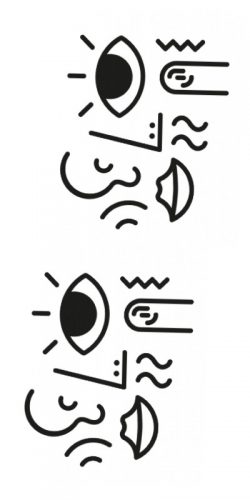
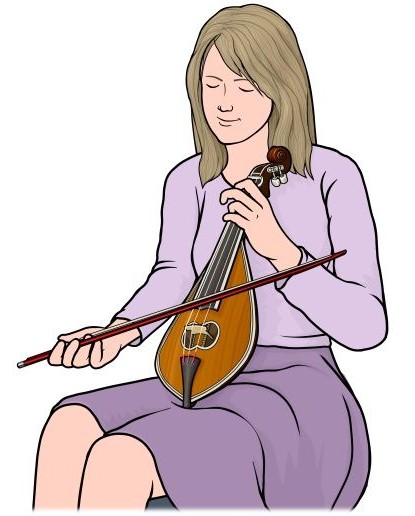
Chapter 5: Valorization of Collective Memory
– Learning Objectives
– Sources of Collective Memory – Introduction
– Sources of Collective Memory- Social Activism
-Sources of Collective Memory – Local Traditions
– Sources of Collective Memory – Historical Events
– Sources of Collective Memory – Personal / Intergenerational Memories
– Means of Expression of Collective Memory – Introduction
– Means of Expression of Collective Memory – Photography/Filmc
– Means of Expression of Collective Memory – Music
– Means of Expression of Collective Memory – Festivals
– Means of Expression of Collective Memory – Storytelling
– Means of Expression of Collective Memory – Urban Art
– Means of Expression of Collective Memory- Games/Creative contests
– Means of Expression of Collective Memory- Cooking
– Means of Expression of Collective Memory- Entrepreneurship
Chapter 6: Promotion of Collective Memory
-Introduction
-The Local Memory Festival Model
-Memory Maps
– The Art of Storytelling as means of promotion of Collective Memory
– Creation of a Landmark
– Promoting in traditional ways
– Game: Treasure-Memory
-Local Memory Tour
– Case study: Memory hunt in Vietnam
Webinars: Promotion of Collective Memory
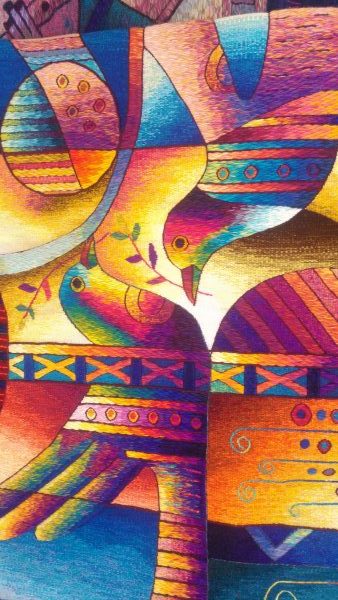
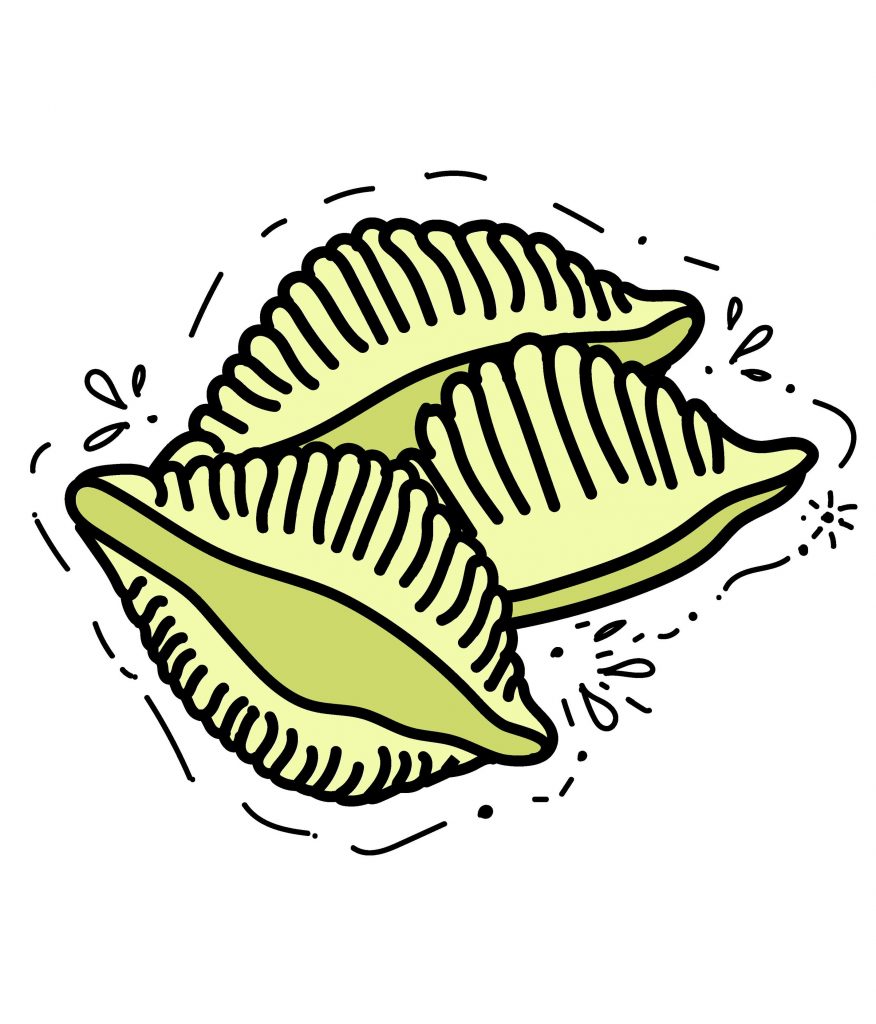
Chapter 7: Memory Project Best Practises
Introduction
-URBAN ART: Painted doors in Funchal, Madeira, PORTUGAL
-FILM Visages villages/ Faces Places FRANCE
-COLOMBIA-“Rutas de la Memoria”
-CUBA-Callejón de las Tradiciones
-CAMBODIA-Khmer Art
-Syros Film Festival-GREECE
-Graffiti open street art museum in Volos-GREECE
-“Quello Che Resta. Memoria E Resistenza In Sabina”-ITALY
-“Walls and integration; images of Europe Building”-ITALY/EUROPEAN
-El Monumental del Callao, Callao – RERU
-El Carmen-Chincha, Province of Ica-PERU
-“Bảo tồn không gian văn hoá cồng chiêng”, Tay Nguyen-VIETNAM
-Creative Contest “ HỌA MẦU”- Chillchill Cheo-VIETNAM
-Webinar: Best Practices
-Webinar: Revision & Cultural Night
